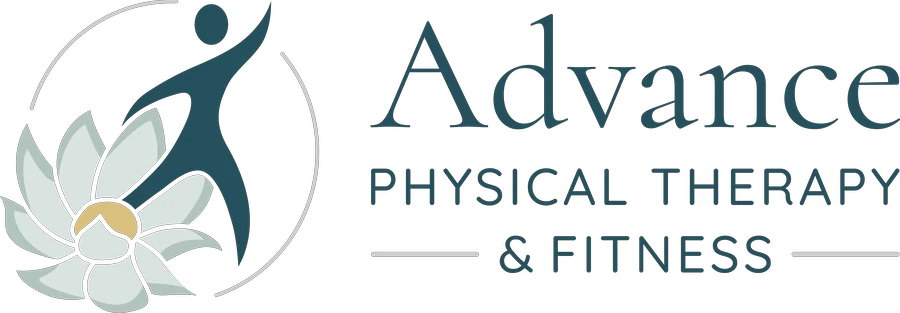Jean and I have just returned from an intensive course on the physical therapy, 3-dimensional treatment of scoliosis in adolescents. This course, designed by the Barcelona Scoliosis Physical Therapy School, evolved from the Schroth method developed by Katarina Schroth, beginning in the 1930’s Germany. Techniques have been further refined by Christa Lehnert-Schroth, P.T., the daughter of Katarina and by Christa’s son, Hans Rudolf Weiss, MD and Dr. Manuel Rigo of the Barcelona Scoliosis Physical Therapy School. These techniques are highly respected as effective, conservative scoliosis treatment throughout Europe. It is wonderful that this body of work is finally becoming established in the U.S.
common right thoracic curvature seen in adolescent idiopathic scoliosis
I was first attracted to the Schroth method by its remarkable congruity with the biomechanical, 3-dimensional, asymmetrical and respiratory principles of Postural Restoration, as developed by Ron Hruska, P.T., of the Postural Restoration Institute in Lincoln, Nebraska. Since 2002, I have applied Postural Restoration principles and techniques in my physical therapy practice with generally extraordinary results, i.e.: rapid decrease in pain, and empowerment of the patient to learn techniques to achieve and to self-maintain less stressful movement patterns in life.
My introduction to the Schroth approach, thanks to Beth Janssen, P.T., Patti Orthwein, P.T., of Scoliosis Rehab, Inc. in Wisconsin, has enhanced and refined my understanding of how to most effectively work with the rapid onset of adolescent scoliosis.
Scoliosis is medically diagnosed by x-ray. It is considered structural when changes in vertebral bodies of the spine can be identified and these changes contribute to lateral or side curvature usually with a rotational component. These spinal changes often occur during pre-adolescent and adolescent growth spurts, although lateral curvature can appear at any age. There are effective ways to identify children at risk before x-ray diagnosis is indicated. Some schools offer scoliosis screenings. Early detection can be extremely helpful in minimizing progression.
Our course delved into the etiology, diagnosis and treatment of juvenile scoliosis. Postural Restoration empowers the individual to become more self aware and to introduce more balanced movement patterns. The Schroth techniques also employ a high level of proprioception (self awareness) and tailor therapeutic activities to the person’s specific curve pattern. Passive and active techniques to achieve a more balanced position enable conscious respiratory techniques to help realign the body. These are challenging exercises, requiring much discipline and regular practice. However, it was incredible heartening to witness, significant positive changes in the children and adults we worked with during our training.
So it is with great hope and confidence in these approaches, which recognize asymmetry, 3-dimensions of movement and the potential of self awareness, disciplined activity and breathing, that we, at Advance Physical Therapy, look forward to meeting the challenge of scoliosis and coming to the best possible outcomes.
